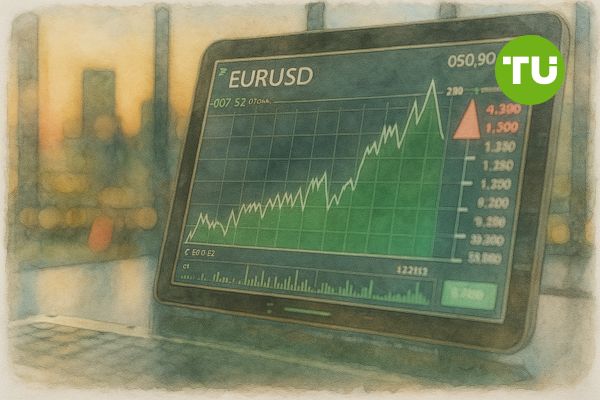EUR/USD price struggles below $1.1530 as geopolitical tensions and dollar strength cap recovery
 EUR/USD struggles below 1.1530 resistance as dollar demand remains strong amid geopolitical risk
EUR/USD struggles below 1.1530 resistance as dollar demand remains strong amid geopolitical risk
The euro to U.S. dollar exchange rate is heading into the weekend with limited progress, trading just under the 1.1530 mark after a modest recovery this week. While the pair managed to rise for three consecutive sessions, its upside remains capped as geopolitical tensions and resilient dollar demand continue to dominate the macro backdrop.
Key highlights
- EUR/USD trades just below 1.1530 despite a three-day recovery effort
- Geopolitical risk and firm dollar demand weigh on euro sentiment
- Technical structure remains bearish unless 1.1570 breakout is confirmed
Geopolitical and macro headwinds limit euro strength
Despite some relief in risk sentiment following President Trump's comments reducing the likelihood of an immediate military response in the Middle East, the euro remains pressured. Ongoing concerns over a broader Iran-Israel escalation and persistent trade tensions between the eurozone and the United States continue to cloud investor confidence. With the Trump administration’s July 9 tariff deadline approaching and little progress in negotiations, market risk appetite remains fragile.

EUR/USD price forecast (Source: TradingView)
Meanwhile, rising oil prices—up more than 12% since May, pose additional strain on the eurozone economy, already showing signs of softness. While French business sentiment held steady, manufacturing confidence weakened, adding to the euro’s challenges. ECB President Christine Lagarde’s renewed focus on regional trade resilience reflects growing concern over the bloc’s structural vulnerabilities.
Technical outlook shows bearish bias
From a charting perspective, EUR/USD continues to consolidate below the descending channel’s upper boundary at 1.1570. The pair remains unable to close above 1.1530, aligning with the June 18 high. A break above 1.1570 would be needed to reverse the short-term corrective trend and shift momentum back toward the June 12 high at 1.1630.
On the downside, initial support lies at 1.1445. A close below that could bring the pair toward the June 6 and 10 lows near 1.1370, which also coincides with the 61.8% Fibonacci retracement from the May rally.
In previously discussed EUR/USD analysis, we emphasized the critical role of the 1.1570 level in defining short-term trend structure. That barrier remains in play, and unless it is cleared convincingly, the bearish correction phase appears set to continue through month-end.













































































































































